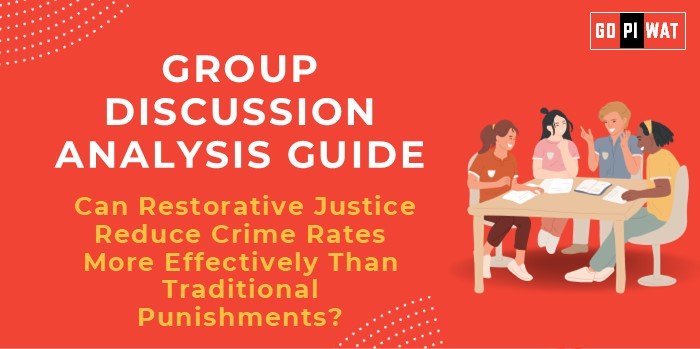⚖️ Can Restorative Justice Reduce Crime Rates More Effectively Than Traditional Punishments?
📖 Introduction to Restorative Justice and Crime Rates
Restorative justice offers an alternative approach to crime resolution, focusing on repairing harm through dialogue between victims, offenders, and communities. With traditional punitive systems showing high recidivism rates, restorative practices are emerging as a viable solution globally. Countries like New Zealand, Norway, and Canada have integrated these practices into their judicial systems, yielding promising results.
📊 Quick Facts and Key Statistics
- 📈 Global Recidivism Rates: Over 40% in the US, compared to Norway’s restorative justice programs with rates below 20%.
- 🏫 Restorative Justice in Schools: UK schools using restorative methods report a 50% reduction in bullying incidents.
- 🤝 Victim Satisfaction: 85% of victims prefer restorative meetings over court proceedings.
- 💰 Cost Efficiency: Restorative processes cost up to 70% less than incarceration.
👥 Stakeholders and Their Roles
- Government and Judicial Systems: Policy creation, funding, and integration into legal frameworks.
- Law Enforcement: Facilitating victim-offender mediation and referrals.
- Community Organizations: Providing resources and support systems for restorative practices.
- Victims and Offenders: Active participants aiming for resolution and rehabilitation.
✅ Achievements and Challenges
🏆 Achievements
- 🔄 Rehabilitation: Participants in restorative justice programs have lower recidivism rates.
- 💬 Victim Empowerment: Emotional closure and reduced trauma for victims.
- 🌍 Community Healing: Strengthened trust and reduced stigmatization of offenders.
⚠️ Challenges
- 📢 Awareness and Acceptance: Limited familiarity with restorative methods.
- 🔎 Complex Cases: Difficulty applying to violent crimes or uncooperative offenders.
- 💸 Resource Constraints: High initial investment in training and infrastructure.
🌐 Global Comparisons
- ✅ New Zealand: Youth courts using restorative justice reduced juvenile detention by 33%.
- ✅ Norway: Combined rehabilitation-focused prisons with restorative methods, lowering repeat offenses.
📂 Case Study
India’s “Justice for Victims” program piloted restorative circles in Delhi for minor offenses, successfully reducing repeat infractions and fostering resolution.
💬 Structured Arguments for Discussion
- 💡 Supporting Stance: “Restorative justice focuses on accountability and harm repair, reducing reoffense rates by 30% globally.”
- ⚖️ Opposing Stance: “Restorative justice cannot fully replace traditional punishments for severe crimes requiring societal protection.”
- 🔄 Balanced Perspective: “Integrating restorative elements within traditional frameworks can enhance victim satisfaction and societal safety.”
🗣️ Effective Discussion Approaches
- 📊 Statistical Insight: “Recidivism rates in punitive systems exceed 40%—is punishment alone sustainable?”
- 🌍 Case Study Start: “Norway’s dual focus on rehabilitation and restorative justice cut repeat offenses by 50%.”
- 🔄 Contrast Method: “Restorative justice prioritizes healing over punishment, a stark departure from retributive norms.”
🔍 Strategic Analysis of Strengths and Weaknesses
Strengths:
- Lower recidivism rates.
- Empowerment and closure for victims.
- Cost savings compared to incarceration.
Weaknesses:
- Limited applicability in severe crimes.
- Resistance from traditional judicial entities.
Opportunities:
- Use of technology in mediation.
- Adopting hybrid judicial models globally.
Threats:
- Lack of resources and training.
- Public skepticism about efficacy.
📌 Connecting with B-School Applications
- 📈 Real-World Applications: Corporate conflict resolution and governance can adopt restorative principles.
- 🗣️ Sample Interview Questions:
- “What makes restorative justice a viable alternative for reducing crime rates?”
- “How can restorative practices be adapted to corporate conflict resolution?”
- 💡 Insights for Students: Explore restorative justice in ethical leadership and public administration cost-savings.


